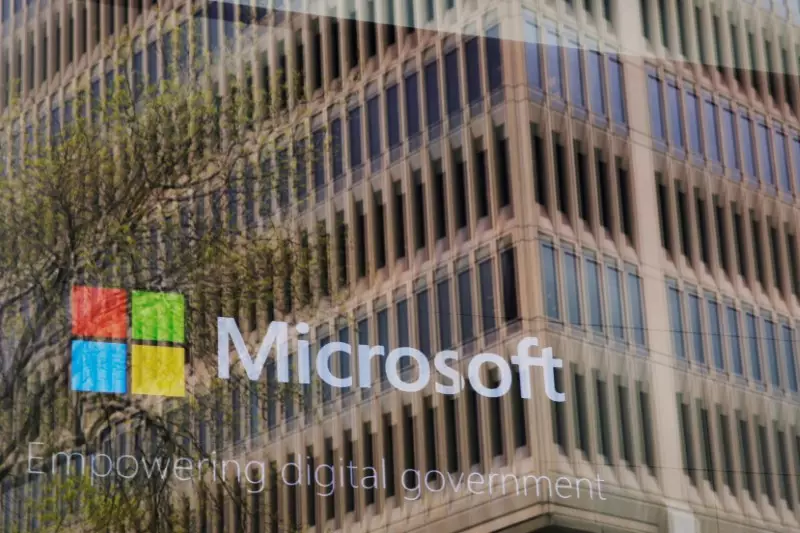The automotive industry is on the brink of a significant transformation, driven by the rise of Software-Defined Vehicles (SDVs). Against this backdrop, BlackBerry Limited (NYSE: BB) has entered a significant partnership with Microsoft (NASDAQ: MSFT), endorsing a collaborative approach aimed at expediting the development of SDV technology. Recently, BlackBerry’s shares surged by 9% on the NYSE following the announcement that its QNX division will integrate its Software Development Platform, SDP 8.0, with the robust capabilities of Microsoft Azure. This merger of cloud technology and automotive software holds the promise of revolutionary advancements in both development and innovation in automotive and Internet of Things (IoT) applications.
The collaboration between BlackBerry and Microsoft goes beyond mere software updates; it stands as a testament to the increasing emphasis on a cloud-first strategy in the automotive sector. John Wall, BlackBerry’s Chief Operating Officer, underscored the critical need for developers to leverage cloud environments to remain competitive and efficient. The partnership is structured to harness the capabilities of Microsoft Azure AI, which will streamline the development lifecycle from inception through testing. This strategic focus is not just about speeding up processes; it’s about reducing risks and enabling automobile manufacturers to quickly adapt to the evolving technological landscape.
At the heart of this collaboration is the goal to empower Original Equipment Manufacturers (OEMs) with advanced tools and technologies necessary for the evolution of SDVs. By integrating Microsoft Azure’s expansive capabilities with BlackBerry’s QNX expertise, the partners aim to provide OEMs with resources that foster enhanced innovation and production efficiency. Dayan Rodriguez, Microsoft’s Corporate Vice President, accentuated the partnership’s role in enabling OEMs to fully realize the capabilities of SDVs—a seemingly ambitious yet attainable goal.
Looking forward, BlackBerry and Microsoft have announced plans to further expand their collaborative initiatives. This includes future enhancements to their solution package, particularly the addition of the QNX Hypervisor and QNX Cabin technologies, which are designed to facilitate the development of hardware-agnostic digital cockpits. This innovative approach signifies a milestone in the creation of universal automotive solutions that can operate seamlessly across different platforms.
Moreover, both companies are set to showcase their joint efforts at CES 2025, where they will present demonstrations on how developers can utilize the QNX SDP 8.0 on Azure for early-stage software testing and validation. This practical showcase is expected to illuminate not only the advantages of this groundbreaking partnership but also the tangible benefits it brings to developers, sharpening their skills while addressing the critical challenges that arise during the software development phase.
In essence, the partnership between BlackBerry and Microsoft is more than a corporate alliance; it represents a commitment to innovation that could redefine the automotive landscape for the better.

